Just Another Ditch in the Wall: The Clandestine Tunnels Used to Fight Communism
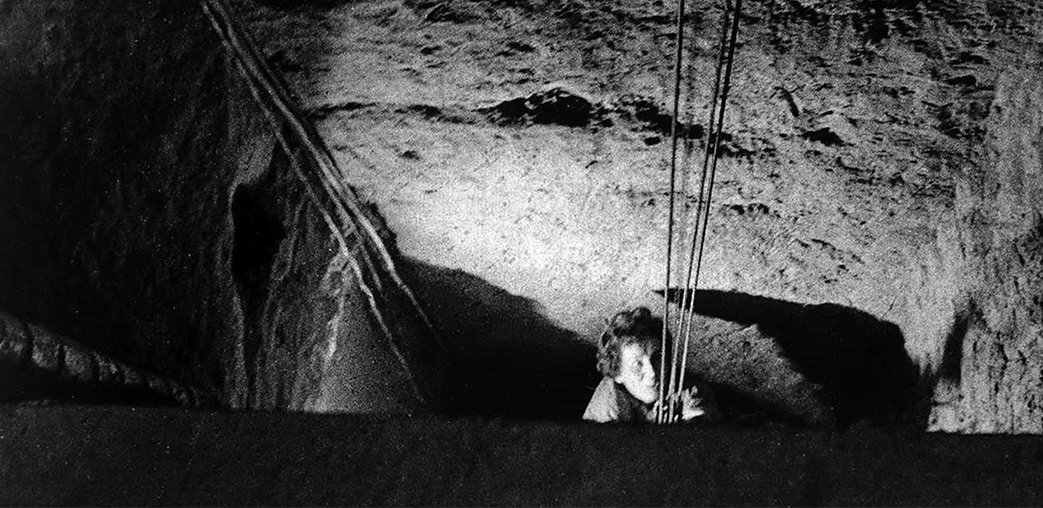
I moved to East Berlin in 1985 and, being born in 1962, the Wall had always existed for me. So it was normality. Only after the Wall came down did I hear what was going on underground without really getting worked up about it … I’m always amazed how exciting it seems to be for people who lived outside ‘the scene.’”
Those are the words of Roswitha Zieris, who still lives in Berlin today, reflecting the daily banalities of what it was like living in the city that was the focal point of two almost-warring global superpowers.
Earlier this year, a tunnel in Berlin’s now-famous Mauerpark was discovered, reopening a chapter of the city’s dark and complicated past. For locals at the time, no one but a handful of confidants knew about the tunnels that were used to escape the iron grip of the East. Today, with the perspective and distance that decades provide, they are a key insight into the lives of those desperate to escape the draconian laws of a totalitarian state.

Head down to Mauerpark on a Sunday during summer and walls will probably be the last thing you think of. Ironic, considering that the park’s name is a literal translation of “Wall Park.”
On the Holy Day, Mauerpark is a hotspot for alternative buskers, bohemians and punks who gather to play music, sell homemade trinkets, create street art, and even write poems for passing tourists and locals. Basketball players shoot hoops in front of an outdoor amphitheater that seats a comfortable thousand, who in turn watch volunteers sing karaoke songs in hit-and-miss tones to thunderous applause. A large adjacent flea market sells a variety of vintage clothing, pan-national street food, and icy beers to keep the crowds fueled.
It’s hard to believe that a place of such revelry was a place of fear and terror just three decades prior.
Defying the Death Strip
Dubbed the Death Strip, Mauerpark was hitherto a no man’s land between East and West Germany, a swatch of the Iron Curtain that kept capitalism out, and in doing so divided families across Germany.

But not everyone accepted their fates so readily. When the East German government erected the Berlin Wall in 1961, they failed to account for a number of variables — chiefly, the ingenuity of citizens desperate to escape communism and reach the ones they loved. Whether it was sailing around the Baltic Sea, hiding in a clandestine compartment of the then-ubiquitous Trabant, or even gliding smoothly overhead in a homemade air balloon, the methods employed to transport people from East to West beneath the ever watchful gaze of the German Democratic Republic (GDR) were varied and cunning.
Matthias Schmidt, now in his 50s, lived near Wollankstrasse, part of the former East, as a teenager. He described how some people employed “Mission Impossible”-like tactics to scale the Wall.
Altogether around 300 people successfully escaped through the tunnels during the Wall’s lifetime.
“It was near the narrowest stretch where the East met West, and it was always heavily policed,” he said. “I would have to sneak past them every time I visited a friend in the area. There were some people who tried to escape from there. There was a story about one group who shot a kind of steel arrow from the fourth or fifth floor of an apartment building in the East across the gap into the building on the other side. It trailed some sort of rope, and they simple slid down it, over the Wall, and into the West.”
And while so many people were desperate to get over the Wall, there were others attempting to go under it.
Digging to Freedom
The exact number of tunnels built by pioneering moles is hard to pinpoint, but a good estimate sits around 75. Most of these tunnels were built along Bernauer Strasse, where Mauerpark sits today and where the Wall was comprised not only of brick and mortar but whole apartment buildings. Most tunnels began in the basements of these buildings, with the objective of connecting with an adjacent basement on the other side of the Wall, thereby creating a conduit between East and West.
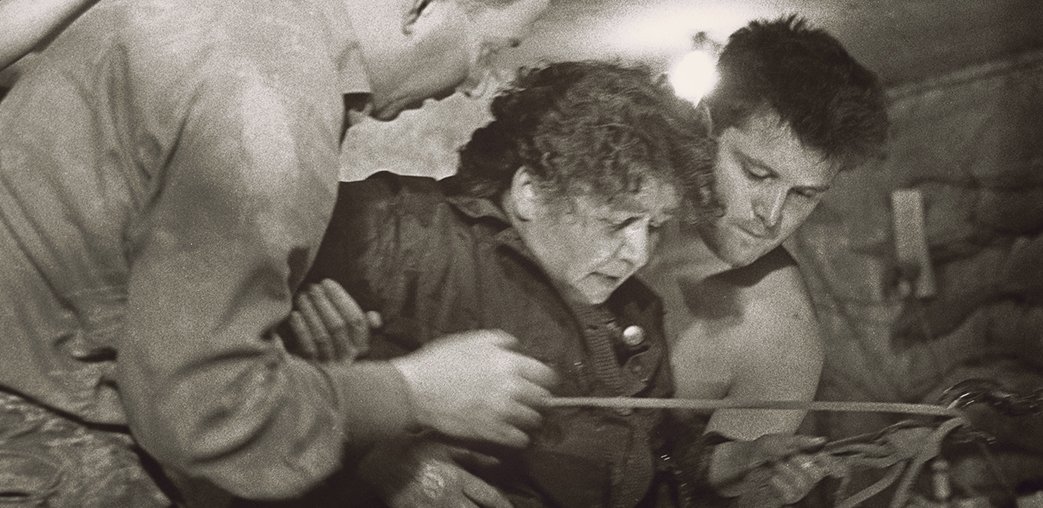
In a famous case, one of the tunnels was dug by West Berlin students and funded by NBC in exchange for exclusive documentation of the case. It raised questions about journalism ethics — specifically, allowing the media to involve themselves in a political situation that could trigger a nuclear war — and was later broadcast as a 90-minute film called “The Tunnel.” It earned three Academy Awards in 1963 and a reprimand from Robert Kennedy, who reportedly said, “That was a terrible thing you people did, buying that tunnel.”
One of the most dramatic and harrowing escapes occurred in 1964. The tunnel would eventually be called Tunnel 57, named because of the 57 people who made use of it before it was discovered. Dug by West German students and measuring only 2 feet high and 3 feet wide, the tunnel was 505 feet long and connected a courtyard lavatory with the basement of a defunct bakery. While the refugees were in the process of crossing, the Stasi sent officers to investigate after a tip from an informant. It escalated into a firefight as the last of the refugees hurried through the tunnel. A young GDR guard, Egon Schultz, was killed by friendly fire in the process. He was later hailed as a hero in the East, but the actions of the tunnel builders and Schultz’s death would go on to further aggravate tensions between the Soviets and Allies.
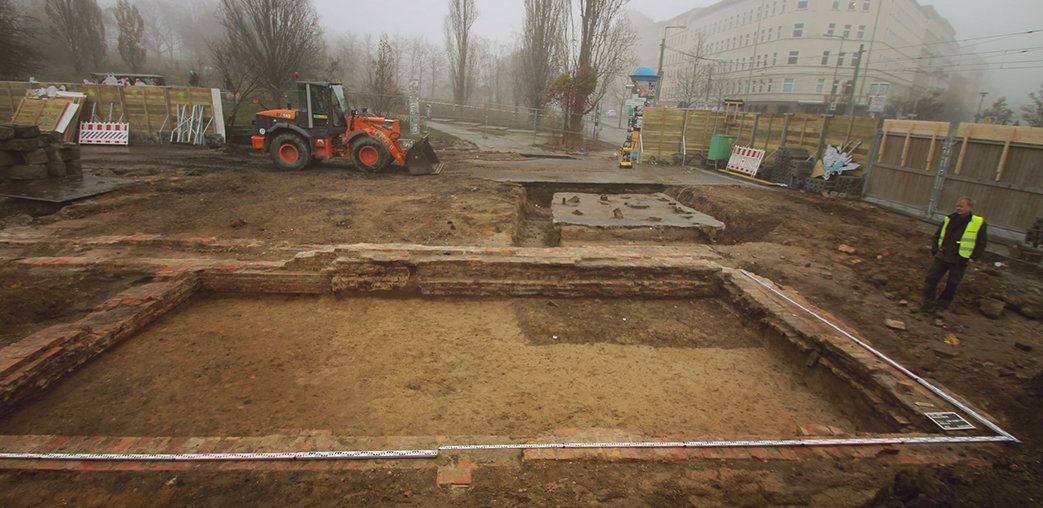
Altogether around 300 people successfully escaped through the tunnels during the Wall’s lifetime. It’s important to note that these escapes weren’t easy, nor without risk. It earned its moniker — the Death Strip — because to be caught in that area was an instant invitation to receive a bullet.
Not every tunnel was successful either. Many were sniffed out by the Stasi and shut down before a single person could cross under the border, and a series of mass arrests and interrogations no doubt followed. Tunnel 57, for example, was successful after several failed iterations, one of which resulted in the secret police detaining several would-be refugees.
A Glimpse of the Past
Most of the tunnels no longer exist; they’ve either been reclaimed by the city as development continues unbridled or were filled by the government of the time. Several remain as part of a tour that lets visitors experience life from the viewpoint of an East Berliner — that is, by the light of dimly lit bulbs meters under the surface of the earth.
The bare basement foundations that were once the grounds for an escape tunnel are a stark and chilling reminder of the days of the Cold War and the ideological struggle between East and West. Despite this, younger generations might find it hard to believe how delicate the knife’s edge was that the fate of the world balanced on. It’s even harder to picture in Mauerpark when a man with dreadlocks is offering to sell you a poem or give you a smile for free.
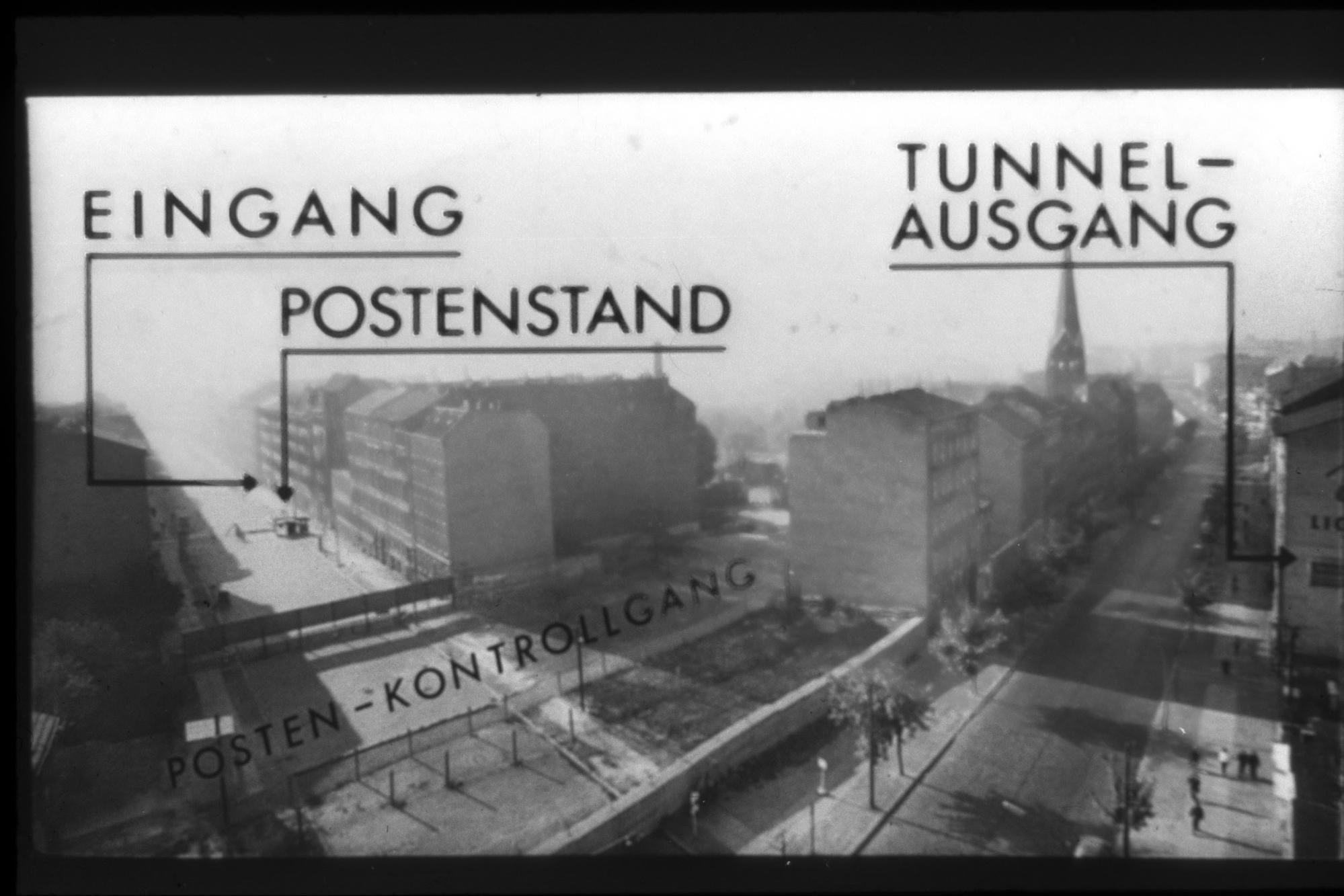
The tunnels continue mainly as memories in the minds of those who witnessed the Wall — and the mental oppression it represented — crumble and fall. They’re more than simple holes. They’re proof of the power of attrition, that consistent and determined resistance can shake the foundations of something so rigid and undeniable. That where there’s hope, even a little, people will cling to it like flotsam in a storm.
It’s a reminder that a handful of dust might not carry much weight, but remove thousands of handfuls, and you’ve got a tunnel to somewhere.
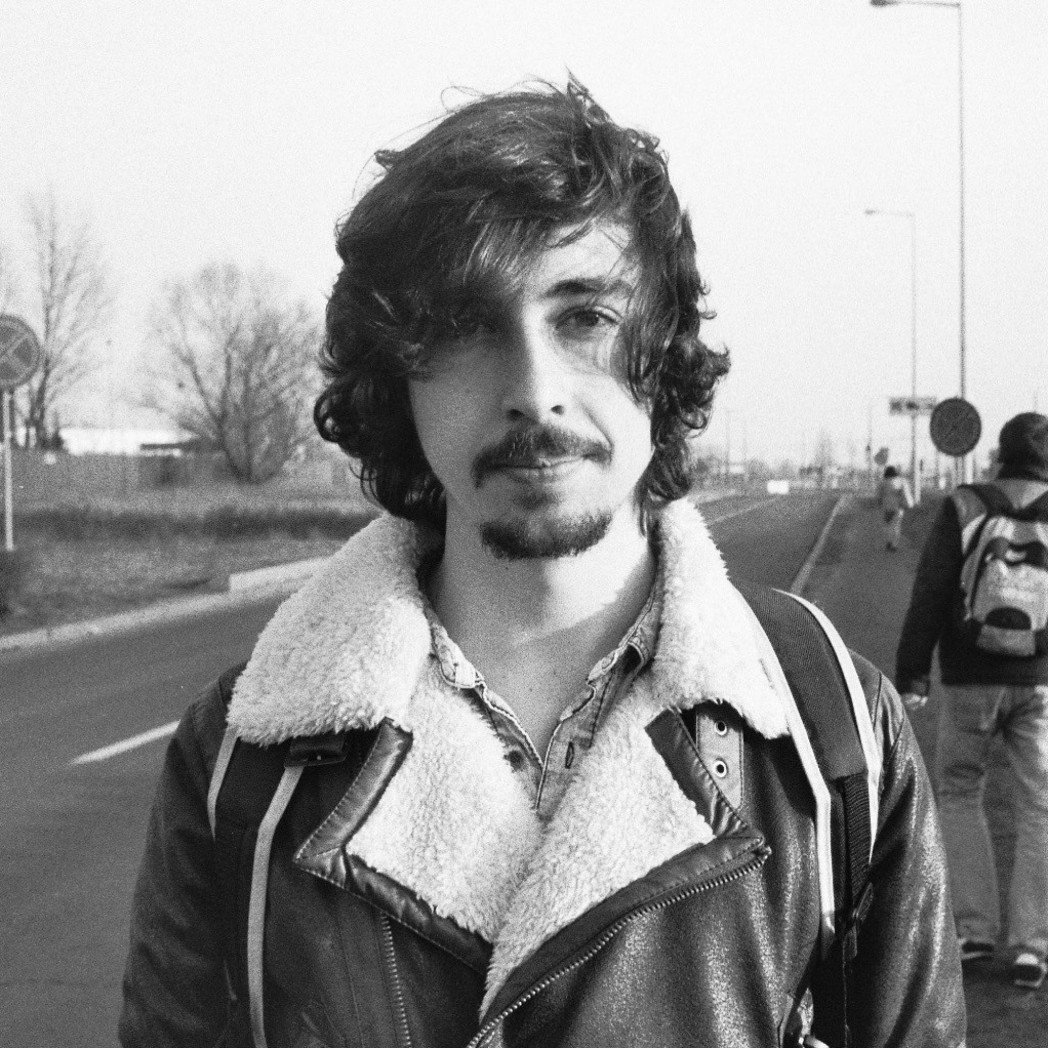
Martin Stokes is a contributing editor for Coffee or Die Magazine. He hails from Johannesburg, South Africa, but currently resides in Germany. He has numerous bylines that cover a variety of topics. He moved to Berlin in 2015 and, while writing for numerous publications, is working assiduously at broadening his repertoire of bad jokes.
BRCC and Bad Moon Print Press team up for an exclusive, limited-edition T-shirt design!
BRCC partners with Team Room Design for an exclusive T-shirt release!
Thirty Seconds Out has partnered with BRCC for an exclusive shirt design invoking the God of Winter.
Lucas O'Hara of Grizzly Forge has teamed up with BRCC for a badass, exclusive Shirt Club T-shirt design featuring his most popular knife and tiomahawk.
Coffee or Die sits down with one of the graphic designers behind Black Rifle Coffee's signature look and vibe.
Biden will award the Medal of Honor to a Vietnam War Army helicopter pilot who risked his life to save a reconnaissance team from almost certain death.
Ever wonder how much Jack Mandaville would f*ck sh*t up if he went back in time? The American Revolution didn't even see him coming.
A nearly 200-year-old West Point time capsule that at first appeared to yield little more than dust contains hidden treasure, the US Military Academy said.












